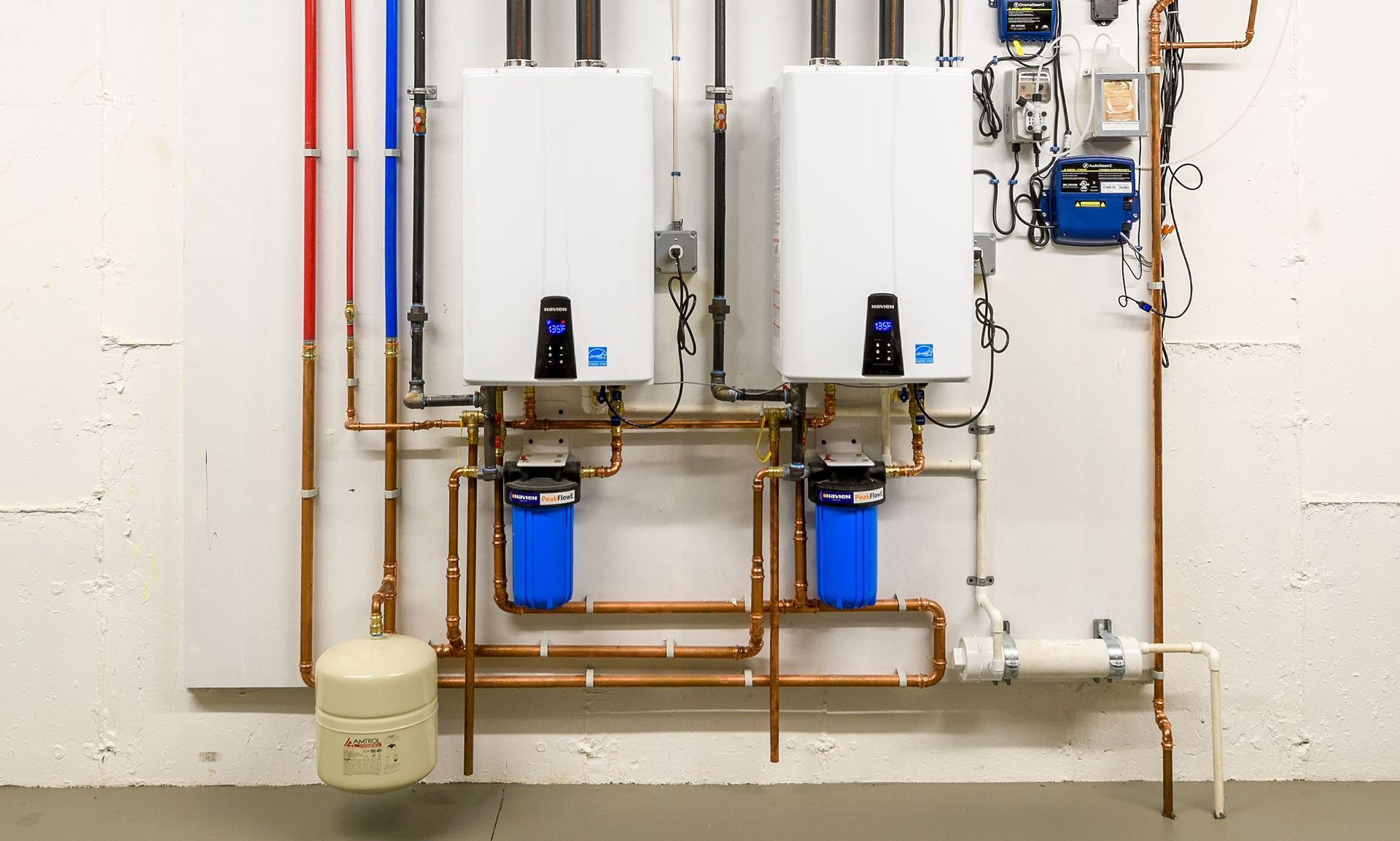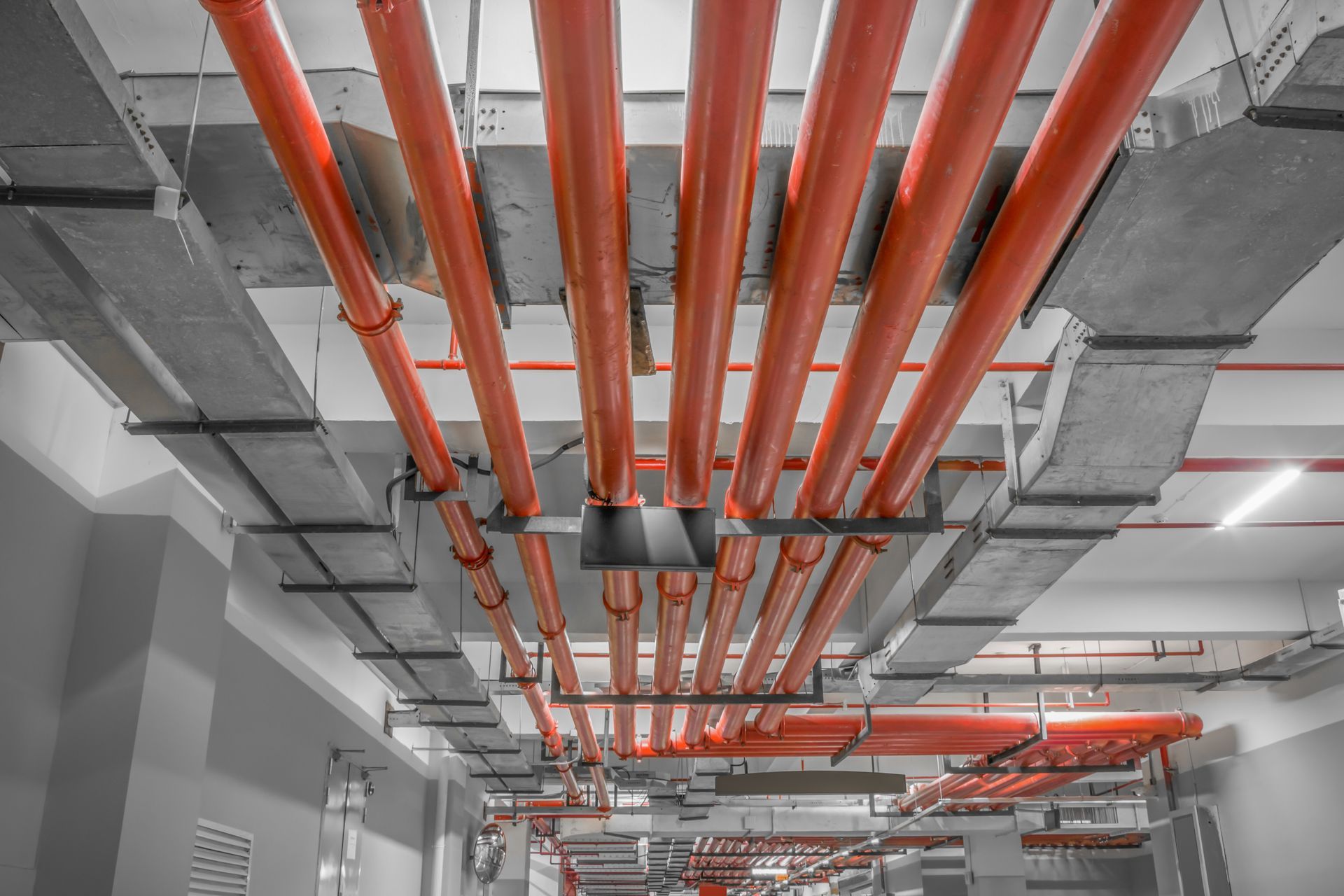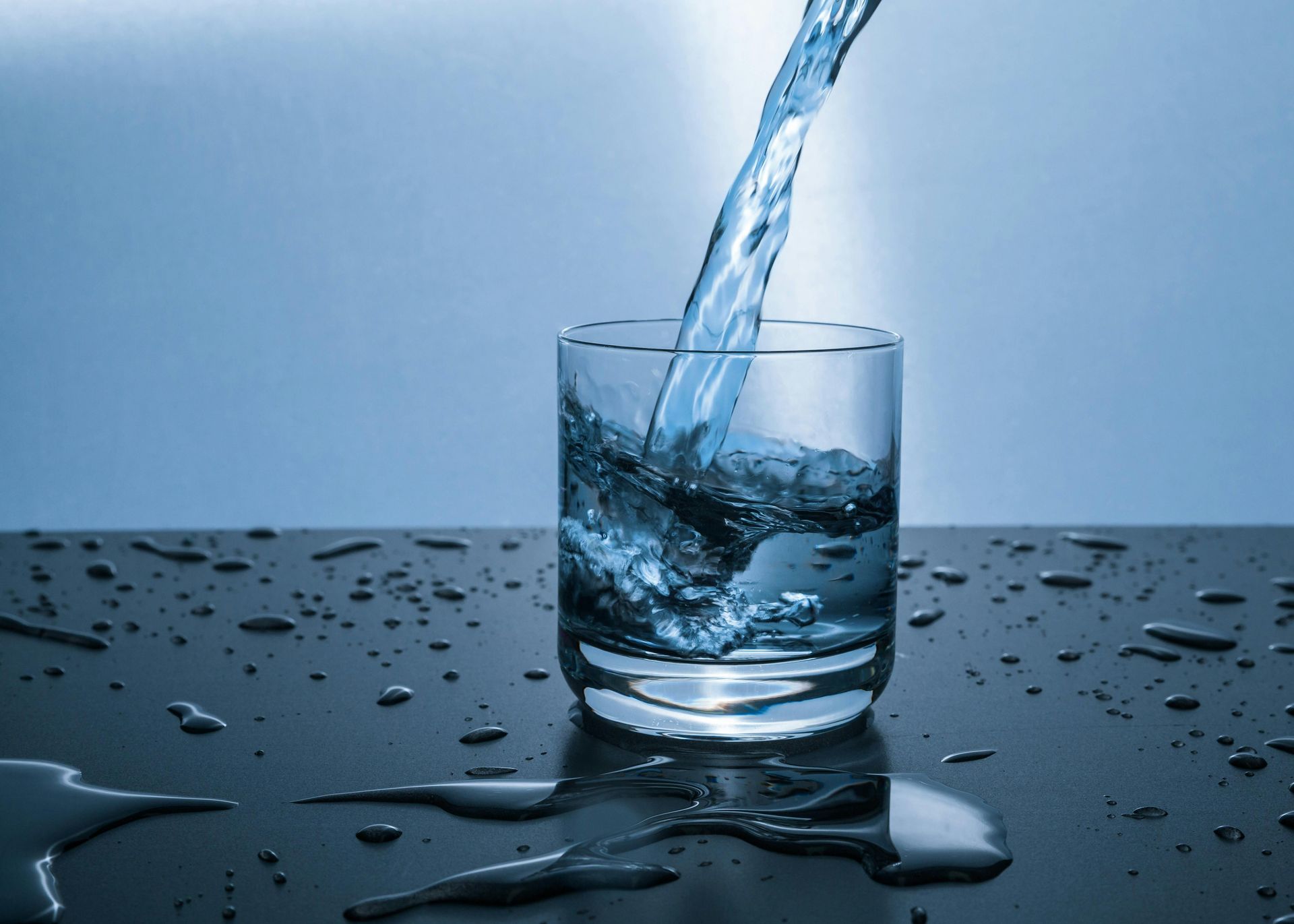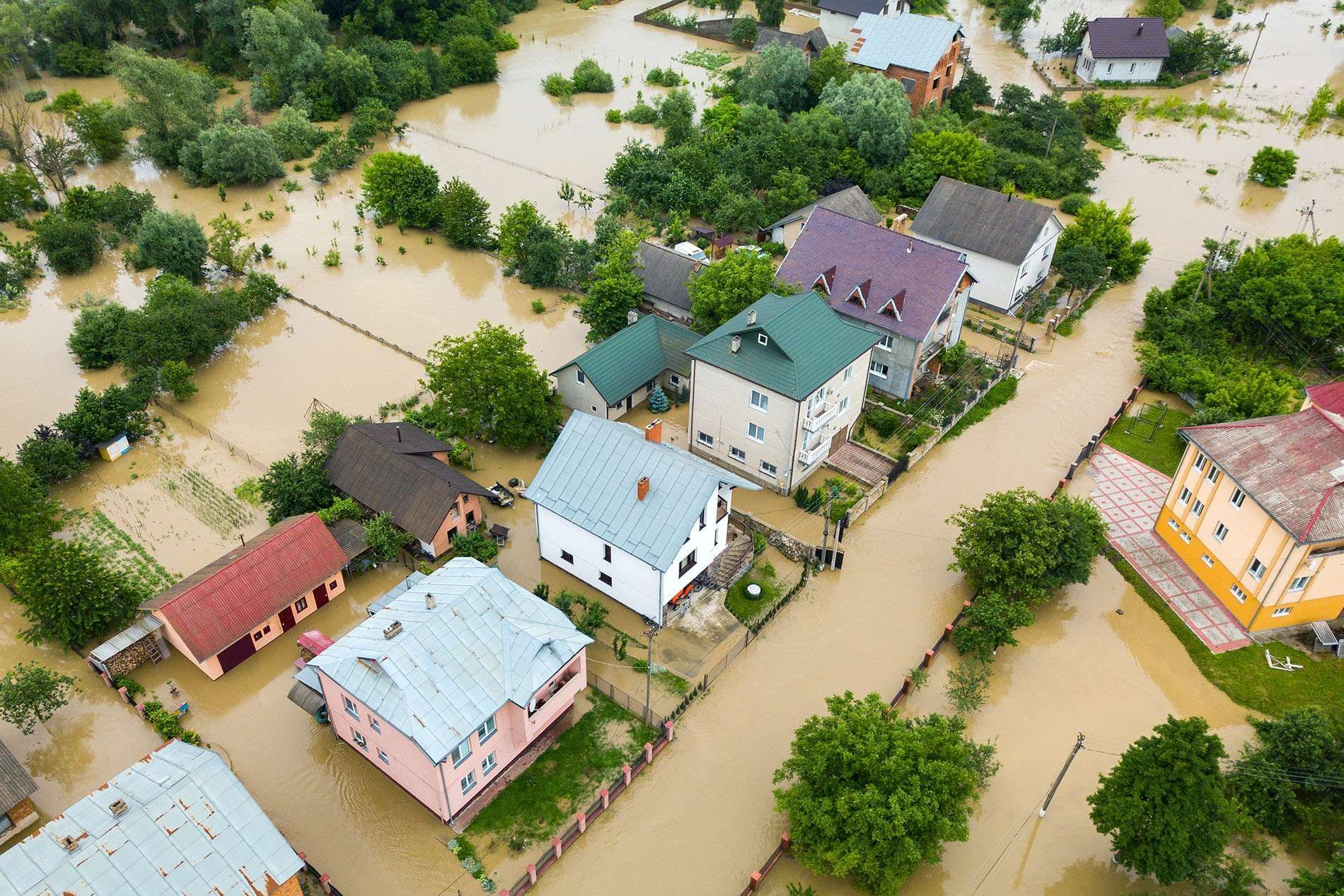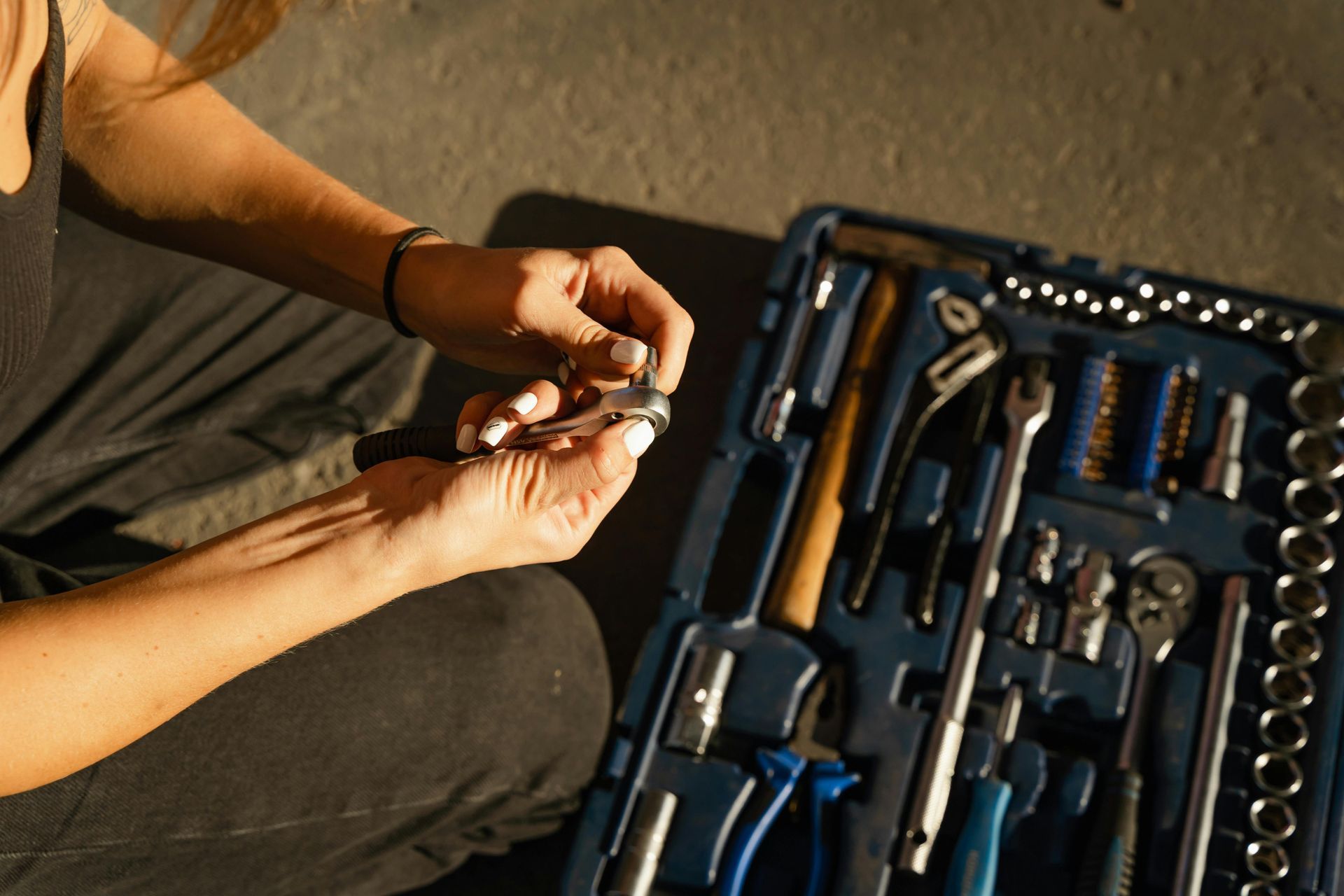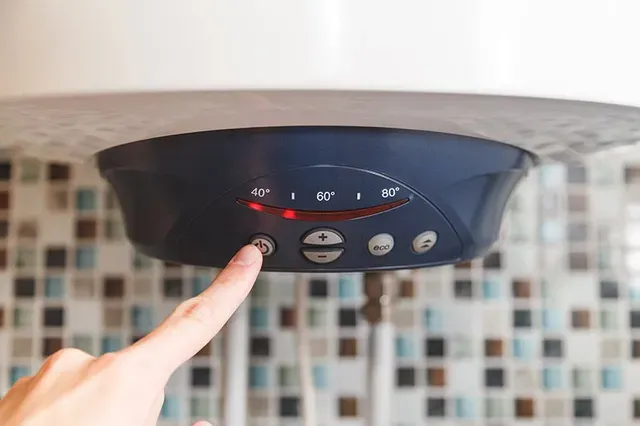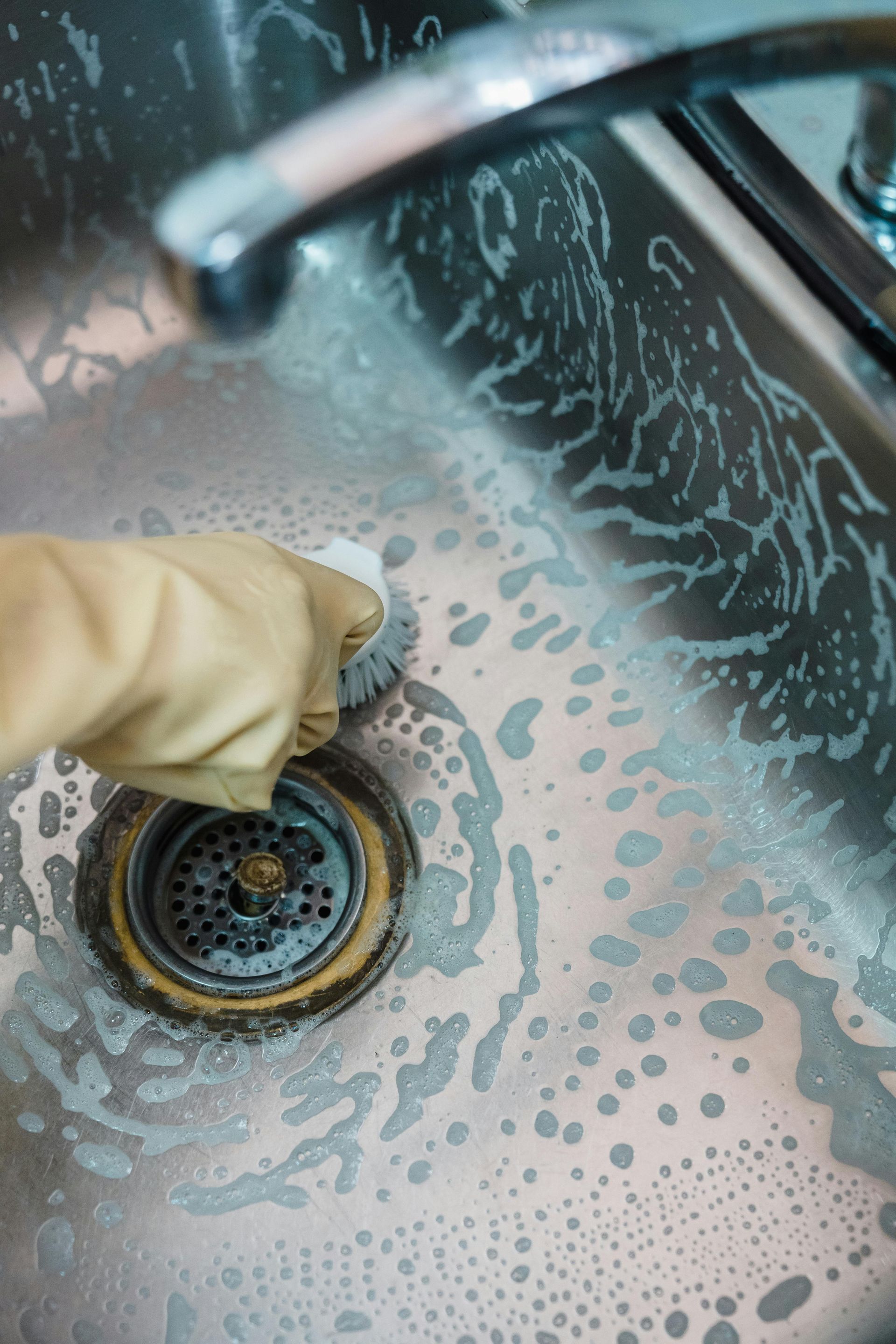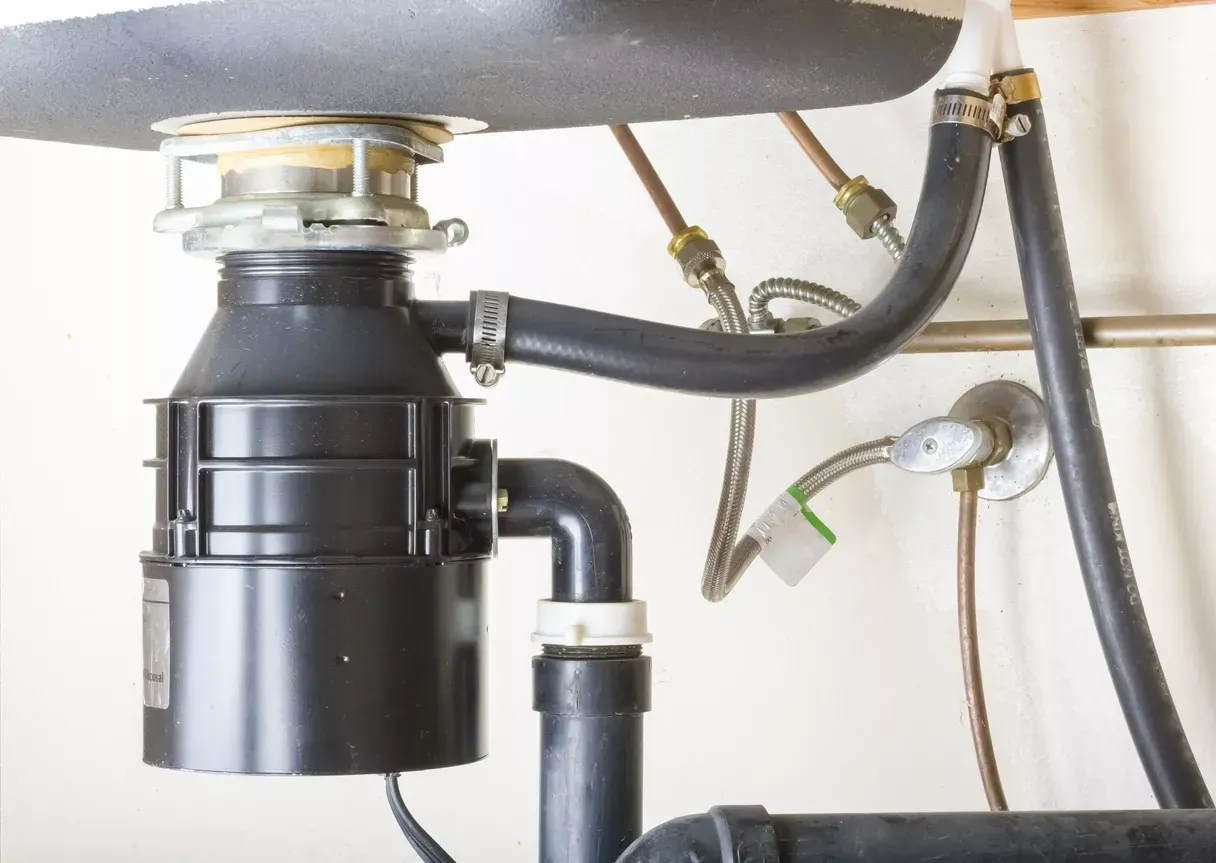Replacing Sewer Lines From House to the Main Line
No homeowner wants to deal with sewer line issues, but when the inevitable happens, knowing what to do can save you a lot of time, money, and stress. A damaged or aging sewer line can cause everything from slow drains to messy, unsanitary backups. The problem doesn’t just go away on its own, and ignoring it can lead to costly repairs and potential health hazards. Replacing a sewer line from your house to the main line is a significant undertaking, but understanding the process can help you navigate it smoothly.
In this guide, we’ll walk you through everything you need to know about replacing your sewer line, from recognizing the signs of trouble to taking preventive measures to avoid future issues. Whether you’re facing an emergency or planning for long-term home maintenance, this guide will help you make informed decisions.
Sewer Line Repair: What to Expect from the Process
Understanding Sewer Line Problems: Why Replacement Becomes Necessary
Before diving into the replacement process, it’s essential to understand why sewer lines fail in the first place. Over time, pipes degrade due to various factors, including material composition, environmental conditions, and external interference. Here are some of the most common causes:
1. Tree Root Intrusion
One of the biggest threats to underground sewer lines is tree roots. As trees grow, their roots naturally seek out moisture. Sewer lines provide an abundant water source, making them a prime target. Roots can enter tiny cracks in the pipes and gradually expand, causing blockages, leaks, and even pipe breakage.
2. Pipe Corrosion and Deterioration
Older homes often have sewer lines made of clay, cast iron, or Orangeburg pipes (a compressed wood fiber material). Over time, these materials deteriorate, leading to leaks, collapses, and blockages. Even PVC pipes, while more durable, are not entirely immune to damage.
3. Ground Shifting and Settling
Natural ground movement, whether due to earthquakes, erosion, or soil shifting, can put pressure on sewer pipes, causing them to crack or disconnect. This is especially common in areas with expansive clay soils that shrink and expand with moisture changes.
4. Grease and Debris Buildup
Household waste, especially grease and non-biodegradable materials, can accumulate in pipes, leading to severe blockages over time. Flushing non-flushable items down the toilet or pouring grease down the drain can significantly shorten the life of your sewer line.
5. Poor Installation or Low-Quality Materials
If a sewer line was installed improperly or made from subpar materials, it is more likely to fail prematurely. Inconsistent slopes, weak joints, and poor craftsmanship can all contribute to early pipe failures.
Signs That Your Sewer Line Needs Replacement
So how do you know if your sewer line needs replacing? Here are some red flags to watch out for:
- Frequent drain clogs and slow drainage throughout the house
- Foul odors coming from drains or the yard
- Lush, green patches of grass over the sewer line (a sign of leakage)
- Soggy or sunken areas in the yard
- Gurgling noises in pipes when using sinks or toilets
- Sewage backups in toilets, tubs, or basement drains
If you’re experiencing one or more of these symptoms, it’s time to take action.
Step-by-Step Guide to Replacing a Sewer Line
Step 1: Diagnosing the Issue
Before replacing a sewer line, you need to confirm the problem. A professional plumber will use a sewer camera inspection to assess the condition of the pipe. This allows for precise identification of cracks, blockages, and root intrusions.
Step 2: Obtaining Permits and Permissions
Sewer line replacement is a major plumbing job that usually requires permits from your local municipality. Contact your city’s building department to ensure compliance with regulations and to avoid fines or unnecessary delays.
Step 3: Excavating the Old Sewer Line
Traditional sewer line replacement involves digging a trench along the pipe’s path. This is labor-intensive and can be disruptive to landscaping, driveways, and sidewalks. However, if the pipe is severely damaged, trenching is sometimes the only option.
For a less invasive approach, trenchless sewer repair methods like pipe bursting or pipe lining can be used. These methods require minimal digging and can save time and money.
Step 4: Installing the New Pipe
Once the old sewer line is removed, a new one is installed. PVC is the most commonly used material due to its durability, longevity, and resistance to corrosion. The new pipe must be correctly sloped to ensure proper drainage.
Step 5: Testing the System
Before closing the trench, the new sewer line is tested for leaks and proper flow. A plumber may perform a pressure test or water flow test to confirm that everything is working correctly.
Step 6: Backfilling and Restoration
After the new sewer line is in place and tested, the trench is backfilled with soil, and any disrupted landscaping or pavement is restored. Depending on the extent of the excavation, additional landscaping or repairs may be required.
Risks and Challenges Involved in Sewer Line Replacement
Replacing a sewer line is no small task, and there are several risks involved, including:
- High costs: Traditional replacements can range from $3,000 to $10,000 or more, depending on the complexity and length of the pipe.
- Property damage: Excavation can damage driveways, gardens, and sidewalks.
- Unexpected issues: Once digging begins, unforeseen problems like hidden utility lines or deteriorated infrastructure can increase costs and time.
Hiring experienced professionals can minimize these risks and ensure a smoother replacement process.
Preventive Measures to Extend Sewer Line Lifespan
Once your new sewer line is installed, you’ll want to protect your investment. Here’s how:
- Avoid planting trees near sewer lines to prevent root intrusion.
- Never pour grease, coffee grounds, or non-flushable items down the drain.
- Use enzyme-based drain cleaners instead of harsh chemicals.
- Schedule regular sewer inspections to catch small issues before they become major problems.
Conclusion: A Worthwhile Investment in Your Home
Sewer line replacement is a significant but necessary investment in your home’s plumbing system. While the process may seem overwhelming, understanding the steps involved, the risks, and the preventive measures can help you make informed decisions. If you suspect your sewer line is failing, don’t wait until disaster strikes. Act early, consult with professionals, and choose the best method for your home and budget.
A well-maintained sewer line ensures peace of mind, a cleaner home, and a trouble-free plumbing system for years to come. Stay proactive, and your sewer line will serve you well for decades.
